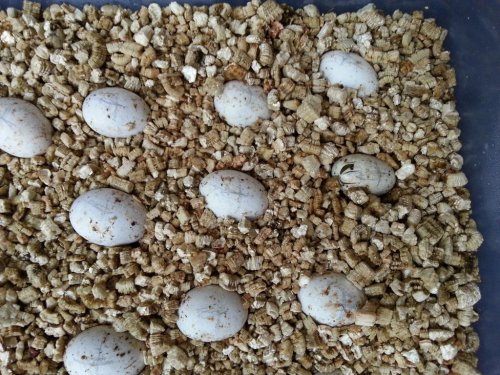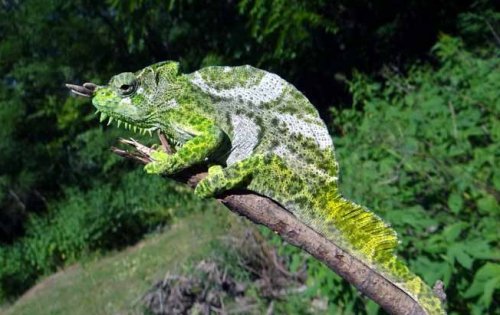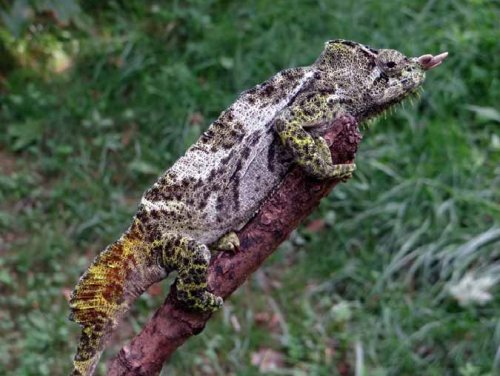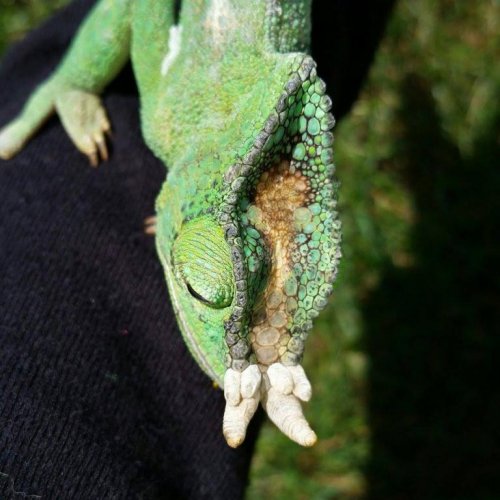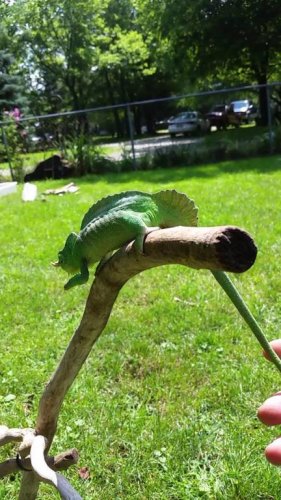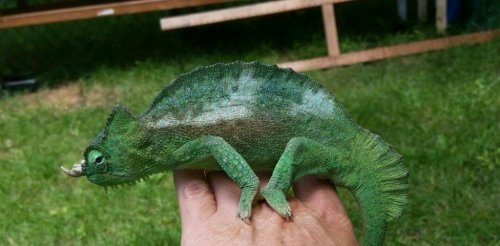jajeanpierre
Chameleon Enthusiast
yes they do !! lol
to bad this guy passed, but at least I got to have him here for a while and study him a bit - this was the male that was going to be paired with my girl - but he passed right before he was to come back with her, but he is the one who made me fall in love with them ( and the female, so crabby, but just love her ) he was so friendly, and mellow - awesome little guy
Wow! He was spectacular. My male is so much bluer than any of the pictures I've seen posted. I wonder if it my male's his young age.
We need to find the graciliors. There were hundreds that came in--I sure hope there are more than these four pair in the hands of breeders. And I hope whoever has them knows they actually have graciliors. I fear that some who have them don't realize there is a difference between quad quads and graciliors. It is an easy mistake to make.

